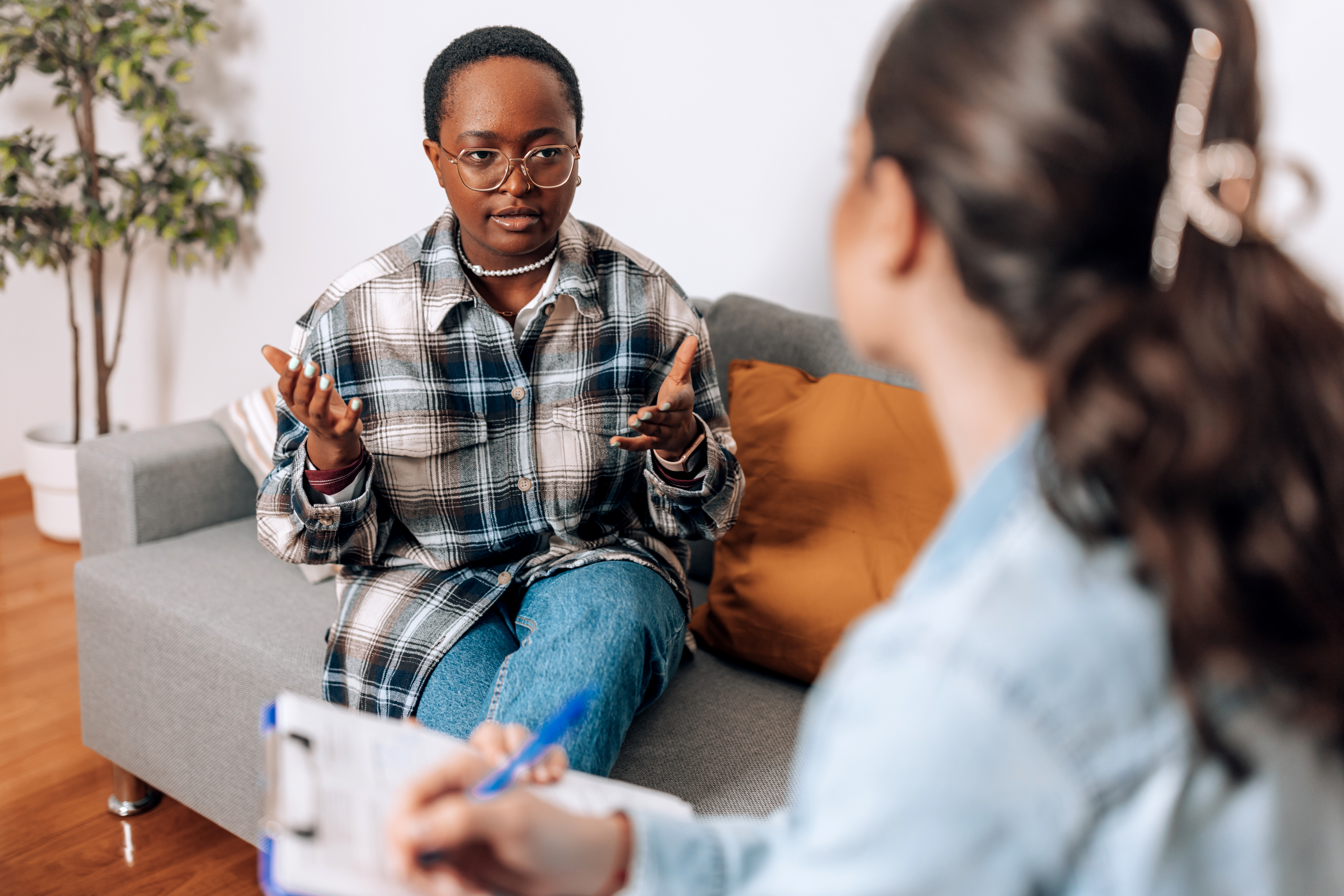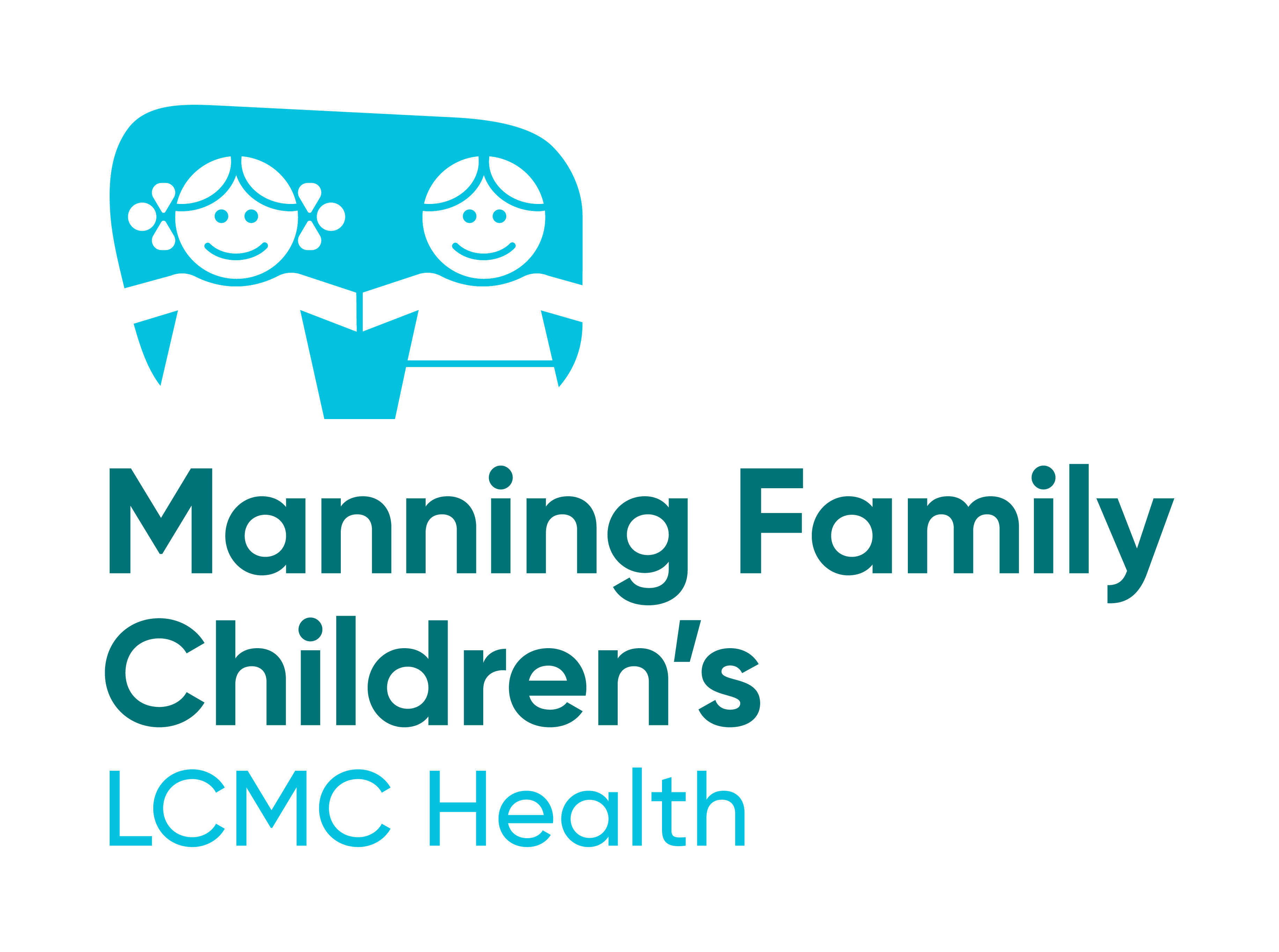Strategies to encourage openness with teenagers and adolescents in therapy
- Category: Mental Health
- Posted on:
- Written By: Christina Borgan, PsyD, psychologist, Manning Family Children’s

As a psychologist, collaborating with teenage patients presents a unique set of challenges. Adolescence is a critical period of personal growth and self-discovery, often accompanied by emotional turbulence and uncertainty. Building trust and encouraging open communication is crucial for effective therapy.
Below are three strategies that I employ to help my teenage patients open up and engage in productive conversations – and something parents can incorporate in their everyday dialogue with their teenagers.
 How to effectively promote openness in teenagers and adolescents
How to effectively promote openness in teenagers and adolescents
Remind them to take their time: Many teenagers have never experienced sharing their innermost thoughts and feelings with a mental health professional before. The idea of opening up can be scary and intimidating. To address this, I emphasize the importance of taking their time during 1:1 sessions. I assure them there is no rush and they can share at their own pace. By validating their feelings and providing a non-judgmental space, I help them feel less pressured and more comfortable. Over time, they will build trust and open up about their experiences.
Thank them for sharing: When a teenage patient takes the courageous step of opening up, it is essential to acknowledge their efforts. I make it a point to express gratitude for their willingness to share their thoughts and emotions. By doing so, I validate their courage and affirm the value of their contributions to the therapeutic process. Genuine appreciation encourages them to express themselves and fosters a strong partnership, leading to more openness and growth.
Find connection and common interests: Teenagers often respond positively when they feel a sense of connection and relatability. I actively seek to establish common ground and shared interests with my patients. Whether it is a shared hobby, favorite band, or a similar life experience, finding these points of connection can help break down barriers and build rapport. By highlighting these commonalities, I create an atmosphere of understanding and empathy, thus enabling teens to feel more comfortable sharing their thoughts and emotions with me.
Humor as a catalyst for engagement: Humor is a powerful tool that can create an environment conducive to openness and self-expression. I try to incorporate appropriate humor into therapy sessions to lighten the mood and alleviate tension. Laughter can help teenagers relax and see therapy as a positive and enjoyable experience rather than a daunting one. It also serves as a reminder that healing can coexist with moments of joy and levity. Humor builds rapport and encourages teenagers to be more forthcoming and engaged in the therapeutic process.
 As psychologists, our primary goal is to provide support and guidance to teenage patients navigating the complexities of adolescence. By implementing strategies such as reminding them to take their time, thanking them for sharing, finding connections, and incorporating humor, we can create a safe space that encourages openness and growth. Every teenager deserves a non-judgmental environment where their thoughts and emotions are valued. Through these strategies, we can foster stronger therapeutic partnerships, empower teens to express themselves, and help them on their journey towards mental well-being and self-discovery.
As psychologists, our primary goal is to provide support and guidance to teenage patients navigating the complexities of adolescence. By implementing strategies such as reminding them to take their time, thanking them for sharing, finding connections, and incorporating humor, we can create a safe space that encourages openness and growth. Every teenager deserves a non-judgmental environment where their thoughts and emotions are valued. Through these strategies, we can foster stronger therapeutic partnerships, empower teens to express themselves, and help them on their journey towards mental well-being and self-discovery.
To learn more about Mental and Behavioral Services at Manning Family Children’s, visit:
Mental and Behavioral Health Services | Manning Family Children's



